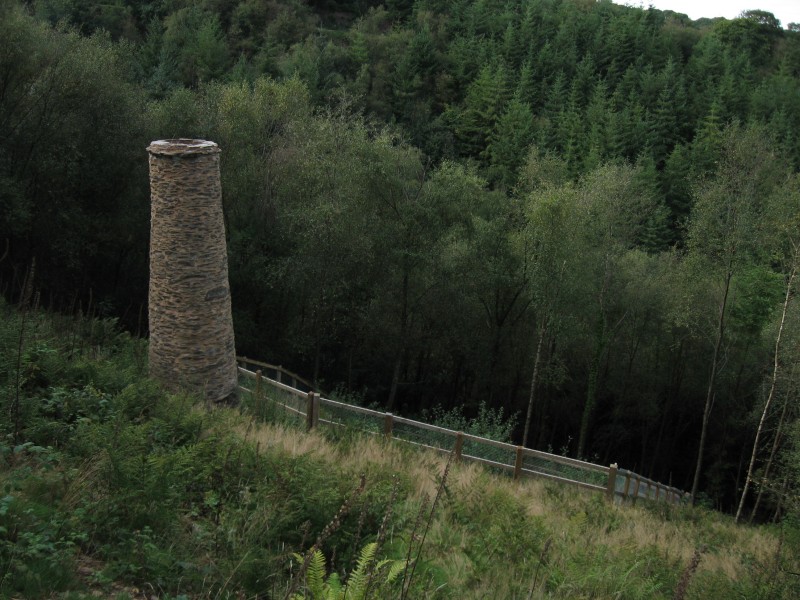In 1854, the first adit was initiated at this iron mine with the intention of reaching Gupworthy. However, minimal ore was discovered, leading to the cessation of operations by 1864. Later in the same year, Mines Captain Morgan Morgans made the decision to drive a new adit, which proved to be highly successful. This new adit yielded 12,000 tons of brown hematite, which was transported to Langham Hill pit via an incline operated by horse-powered whims. The ore was then loaded onto West Somerset Mineral Railway (WSMR) wagons at Langham Hill. The incline operation was discontinued in 1866-67 when Bearland Wood mine was connected underground with Langham Hill pit.
Typically, mines situated atop hills are developed from above, with lateral adits driven into the hillside for drainage or access to the mineral deposit. However, Bearland Wood mine was an exception, as it was worked in the opposite direction, with vertical workings following lateral boring.
Bearland Wood mine encountered the common challenge of ventilation in mining operations. Traditionally, mines relied on steam-powered pumps for drainage and ventilation. However, Morgans implemented a novel ventilation system at Bearland Wood. This system involved the construction of a ventilation flue, where a chimney stack was erected above the mine’s upward shaft, and a coal-fired furnace was positioned at the base of the chimney. The furnace created suction, drawing air from the mine shaft, which in turn pulled fresh air from the lateral adit. Wooden ducts guided the airflow through the areas where miners were working. As the working faces shifted, miners extended or redirected the ducts accordingly.
While this ventilation method predated steam pumps, the Mines Inspector at Risca Colliery, near where Morgans had previously worked as a colliery manager, deemed steam pumps unsatisfactory and ordered the reinstatement of older ventilation furnaces. Despite this, the ventilation flue at Bearland Wood is recognized as a scheduled Ancient Monument, and its preservation has been supported by the Heritage Lottery Fund.
Publications (2)
- (1919); BGS - Mineral Resources of GB (c1920s) Vol IX - Iron Ores - Durham, East Cumb., North Wales, Derbyshire, IOM, Bristol, Somerset, Devon & Cornwall; 96 pages
- Dines, Henry George (1956); BGS - Regional Memoirs - Metalliferous Mining Region of South West England Vol2, The; 335 pages



